Knee Brace for Skiing
Read More >
Knee injuries are the most common injuries with recreational, downhill skiing. Since the improvement of boots and bindings on skis, ligament injuries are now the most common knee injury skiing, as compared to bone fractures previously. Of these, the medial collateral ligament (MCL) is the most commonly to be injured, followed by the anterior cruciate ligament (ACL) and the meniscus of the knee. Different factors influence the risk of injury including (Prodromos et al, 2007) & (Ruedl et al 2011):
The medial collateral ligament (MCL) is one of the four major ligaments of the knee. It sits on the medial side of the knee, connecting the femur bone to the tibia bone. It has two parts, deep and superficial parts which have slightly different attachments. The superficial MCL attaches to one of the hamstring tendons and the tibia, and the deep MCL connects to the medial part of the meniscus. This means that injury to the MCL can often also result in injury to the medial meniscus.
Injury to this ligament can result in pain on the medial side of the knee, swelling and bruising, and in more severe cases a feeling of instability of the knee joint.
Read more about this injury in our related articles: MCL Injury, MCL Injury Treatment, MCL Injury Exercises, MCL Injuries in Sport, MCL Knee Brace, and MCL Injury FAQs.
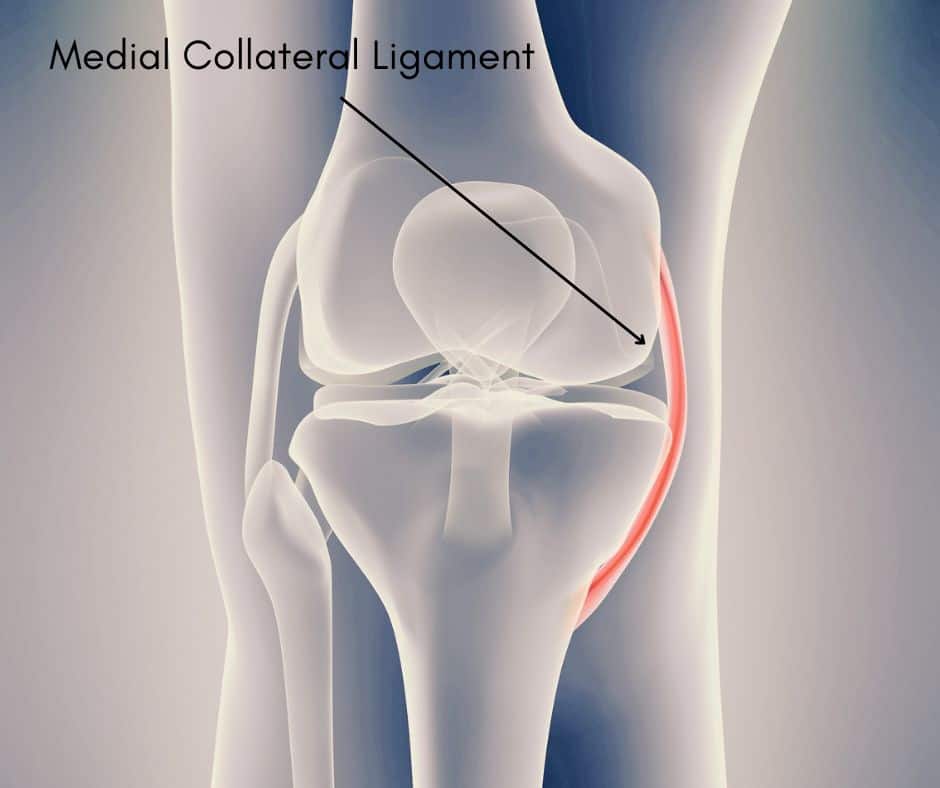
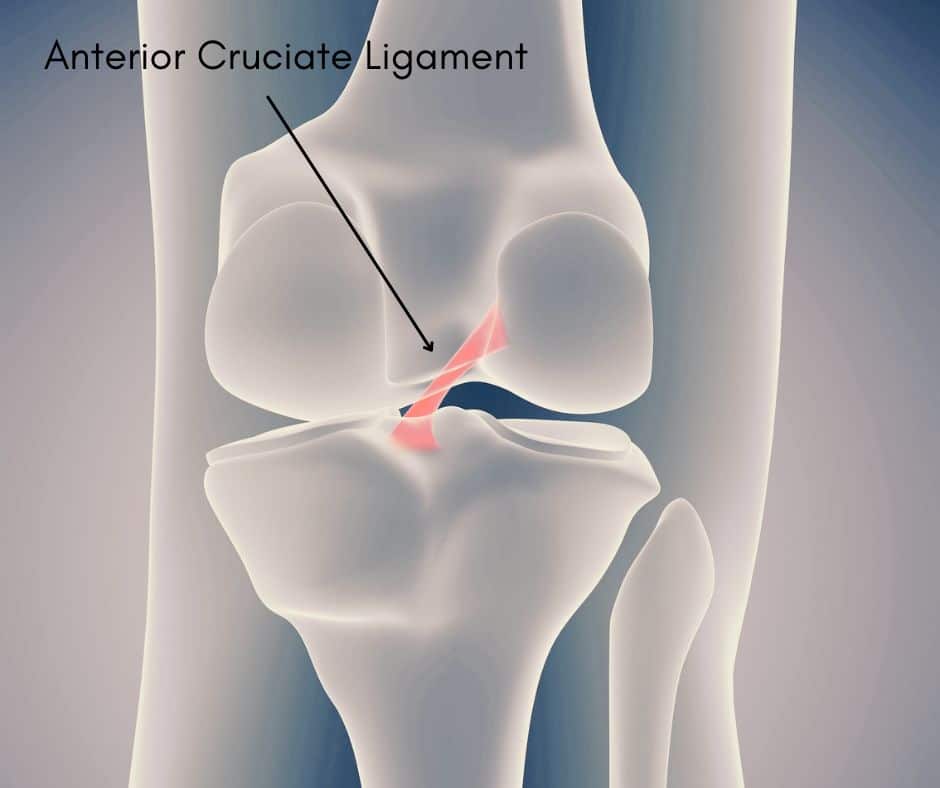
The anterior cruciate ligament (ACL) is another of the four major ligaments of the knee. It sits deep in the middle of the knee connecting the femur bone to the tibia bone. It attaches from the back of the femur to the front of the tibia and therefore restricts the forward movement of the tibia in relation to the femur, it also prevents rotation movements.
Injury to this ligament can cause a lot of swelling, pain in the knee, and bruising. In more severe cases the knee joint may feel unstable.
Read more about this injury in our related articles: ACL Sprain, ACL Injuries in Sport, ACL Recovery, ACL Rehab Exercises, ACL Braces, and ACL Sprain FAQs.
As mentioned earlier the meniscus can be injured with an injury to the MCL due to the attachment of the ligament directly to the meniscus. It can also be injured by similar movements, such as a twisting or valgus force.
A meniscus injury may present similarly in the acute phase, with swelling, pain but it is unlikely to have any bruising. The meniscus can also cause locking of the knee joint, so you may feel that you cannot fully bend or straighten your knee. You can still get instability in severe injuries.
Read more about this injury in our related articles: Medial Meniscus Tear, Meniscus Tear Exercises, Knee Brace for Meniscus Tear, Torn Meniscus Recovery Time and Treatment, and Medial Meniscus Tear FAQs.
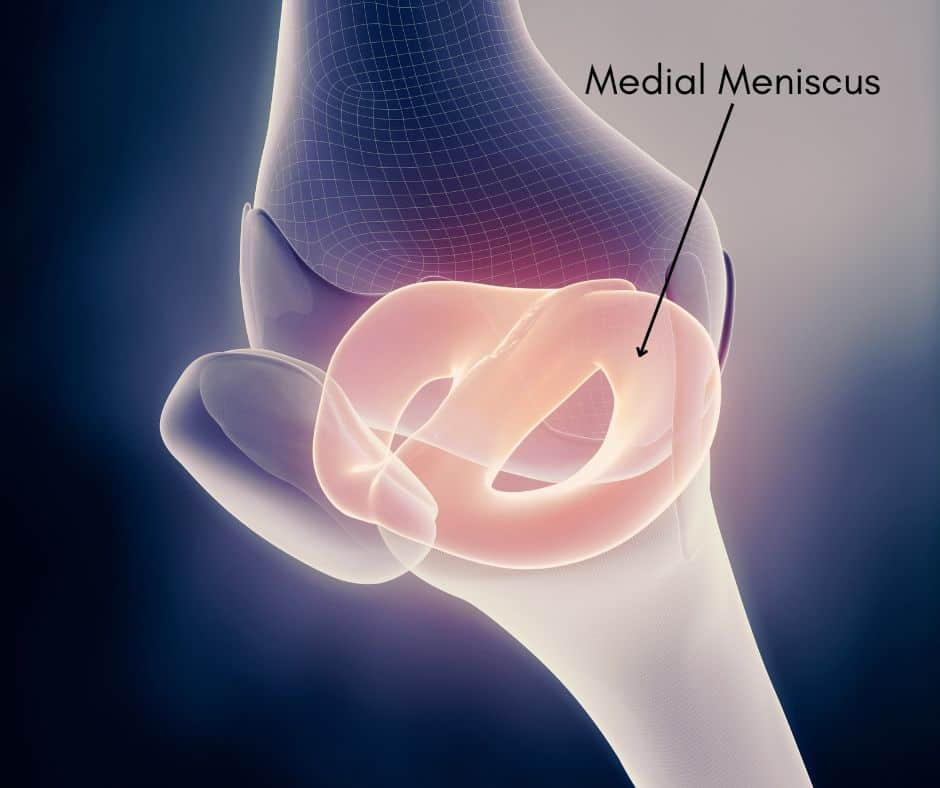
Injury prevention comes in the form of strength and conditioning and needs to be done for a significant period before skiing. The primary focus is on strengthening the quadriceps and gluteal muscles, but the hamstrings, adductors, and calf muscles should not be omitted. Here are some of our most recommended exercises to help you prepare for your ski trip.
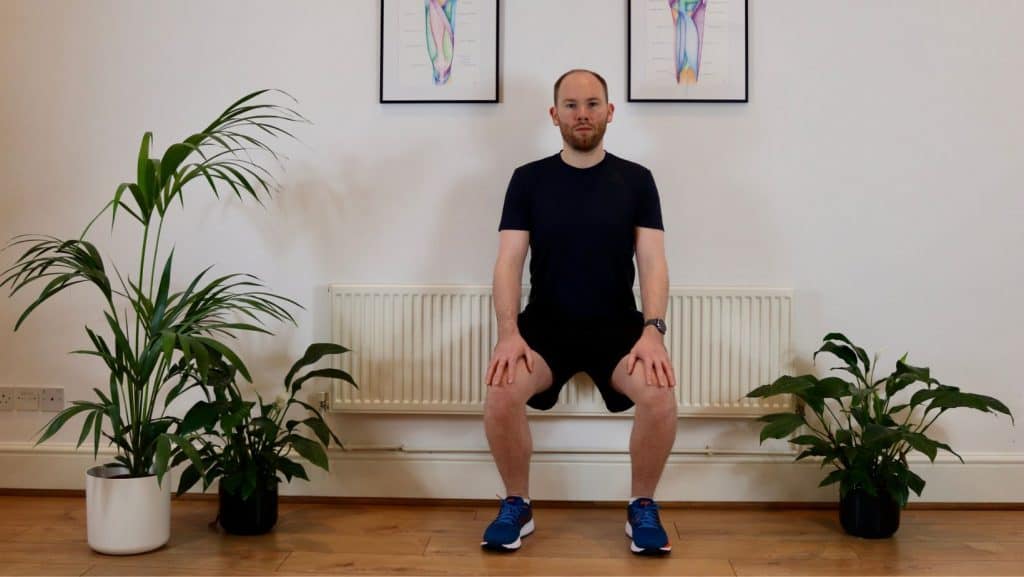
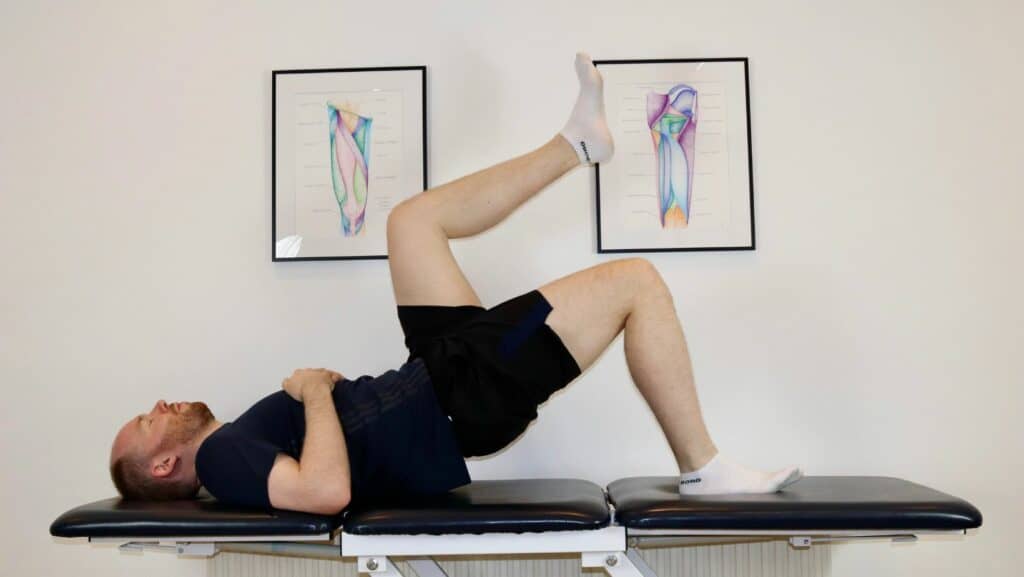
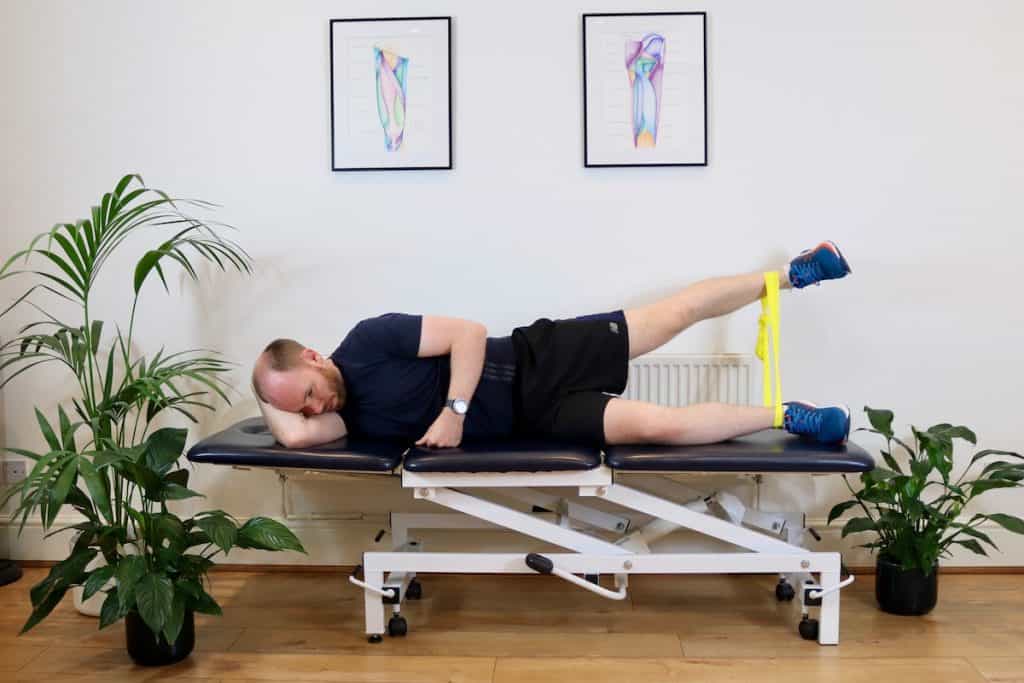
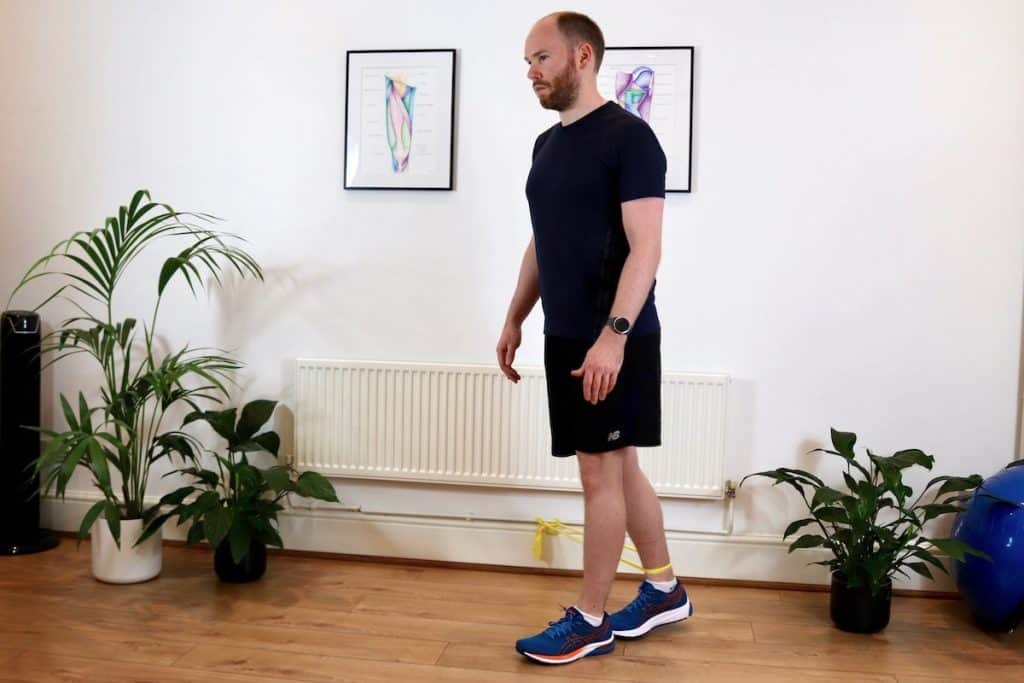
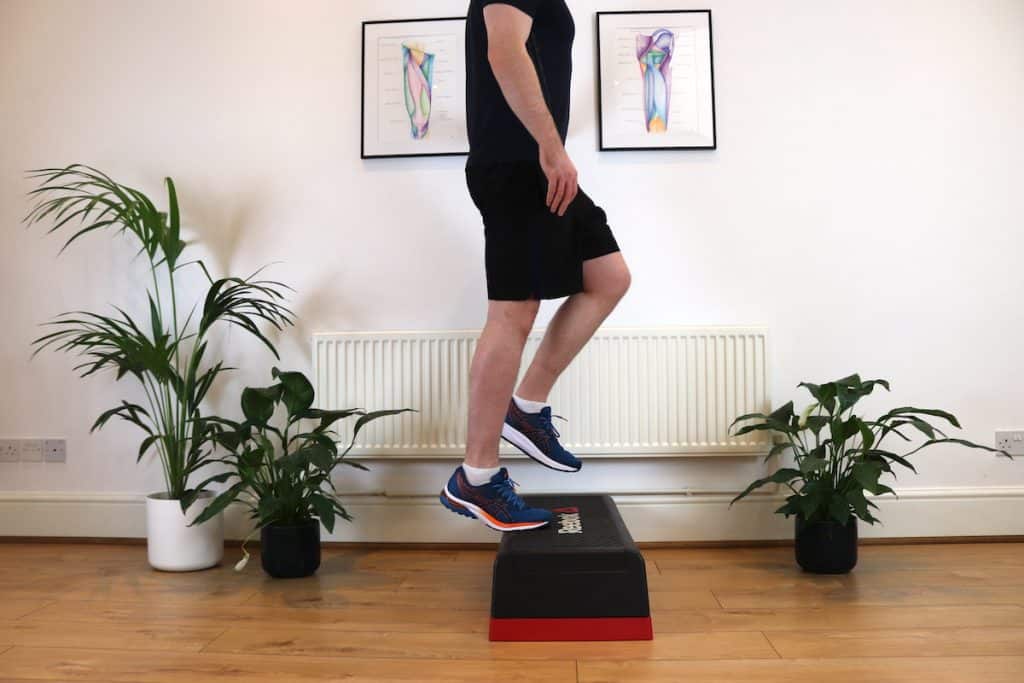
This is not medical advice. We recommend a consultation with a medical professional such as James McCormack. He offers Online Physiotherapy Appointments.
Related Articles:
MCL Injury Exercises
ACL Rehab Exercises
Meniscus Tear Exercises